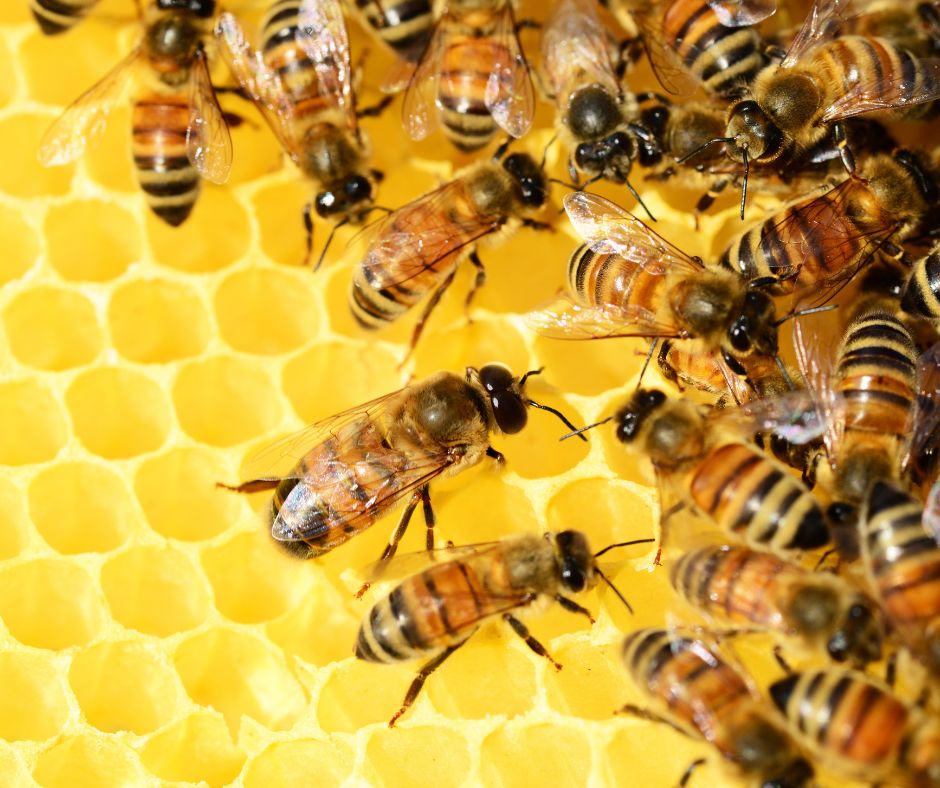Eco-Friendly Port Charlotte Pest Control Service
Eco-Friendly Port Charlotte Pest Control Service
Blog Article
Comprehensive Guide to Understanding Parasite Control Techniques and Their Treatment
Recognizing insect control methods is vital for reliable administration of unwanted microorganisms that position dangers to health and wellness, farming, and property. What aspects should be thought about when selecting the suitable bug control approach for a specific situation?
Summary of Insect Control Techniques
Bug control techniques incorporate a variety of methods developed to handle and eliminate undesirable microorganisms that can harm human wellness, farming, and building. Efficient parasite monitoring is important for keeping the honesty of ecosystems and making sure the safety and security of food products. These methods can be extensively classified into three main methods: cultural, mechanical, and organic controls.

Cultural control involves modifying farming methods or ecological problems to lower bug establishment and recreation. This strategy consists of crop rotation, hygiene, and choosing pest-resistant plant varieties. Mechanical control counts on physical barriers or gadgets to avoid parasite accessibility or straight eliminate them. Instances consist of catches, nets, and hand-picking damaging pests.
Biological control utilizes all-natural killers, parasites, or virus to regulate pest populaces. This approach emphasizes environmental equilibrium and can consist of presenting beneficial insects, such as ladybugs or aggressive nematodes, to manage parasite presence.
Integrated pest management (IPM) combines these strategies, using an all natural method that highlights avoidance, monitoring, and liable management. By employing a mix of these methods, insect control can be a lot more lasting and efficient, minimizing reliance on chemical treatments while guarding human wellness and the setting.

Chemical Pest Control Solutions
A selection of chemical bug control remedies are available, supplying reliable options for taking care of insect populaces when various other methods may drop brief. These services primarily include insecticides, herbicides, fungicides, and rodenticides, each created to target certain bugs while minimizing injury to non-target organisms.
Insecticides are specifically reliable versus a variety of bugs, including ants, cockroaches, and termites, and can be categorized as get in touch with or systemic agents. Call pesticides kill bugs on contact, while systemic insecticides are absorbed by plants, making them poisonous to insects that prey on them. Herbicides are made use of to control undesirable greenery, whereas fungicides are important for handling fungal conditions that can harm crops and decorative plants.
Rodenticides, designed for rodent control, are available in various solutions, consisting of baits and tracking powders. It is important to follow tag instructions carefully to make sure safety and security and efficiency. In addition, integrated pest management (IPM) principles must be employed, incorporating chemical options with social, mechanical, and biological strategies for sustainable bug control. This alternative technique not only boosts pest monitoring efficiency however also minimizes possible ecological impacts connected with chemical use.
Biological Bug Control Strategies
Biological pest control methods use an eco-friendly option to chemical read the article approaches by utilizing natural killers, bloodsuckers, or virus to handle pest populations. This technique leverages the ecological relationships in between organisms, promoting a balanced environment while lessening chemical deposit in the setting.
One of the most typical organic control techniques entails the intro of natural enemies. Ladybugs are utilized to regulate aphid populaces, while parasitic wasps can target caterpillars and other insects. These natural killers successfully reduce pest numbers without hurting helpful bugs.
Additionally, microbial agents such as germs, fungis, and infections are made use of to infect and kill specific pests. Bacillus thuringiensis (Bt), a naturally taking place microorganism, is extensively made use of to regulate caterpillars and other larvae, showcasing the efficiency of microbial insect control.

Physical and Mechanical Techniques
Regularly employed in integrated parasite management strategies, physical and mechanical methods work as efficient tools for controlling pest populations without making use of chemicals. These strategies rely on physical barriers, catches, and other mechanical devices to stop or remove bugs, making them eco-friendly alternatives.
Physical techniques include using barriers such as insect netting, screens, or row covers that literally obstruct pests from accessing plants. This is specifically beneficial in agricultural setups where plant protection is essential. Additionally, habitat control, such as eliminating particles and standing water, can minimize bug reproducing sites, thereby reducing problems.
Mechanical techniques include traps, which can be created to catch particular parasites. Sticky catches and scent traps are typical examples that tempt and keep insects, assisting in tracking and control. Vacuuming is another mechanical strategy, reliable for removing insects from indoor settings, particularly in situations of infestations.
Preventative Insect Monitoring Methods
Effective preventative bug management strategies are essential for keeping healthy environments and decreasing pest-related issues before they emerge (Pest Control in Port Charlotte, FL). These strategies concentrate on aggressive measures that minimize the probability of insect infestations by attending to the root creates

Another vital method involves correct landscaping techniques (Pest Control in Port Charlotte, FL). Maintaining greenery cut and far from buildings can minimize harborage locations for bugs. Applying integrated bug management (IPM) methods that include keeping an eye on parasite populaces and employing biological controls can foster a balanced ecosystem that normally subdues pest numbers.
Education and training for staff and citizens on identifying very early indications of bug task are additionally key elements of an effective preventative program. By fostering an atmosphere of understanding and Our site watchfulness, organizations and house owners can considerably improve their bug administration efforts and secure their areas versus future problems.
Verdict
Utilizing an Integrated Parasite Administration (IPM) framework permits for the sustainable administration of insects while minimizing eco-friendly effect. Inevitably, a comprehensive understanding of these diverse insect control methods is necessary for accomplishing successful results in pest management efforts.
Report this page